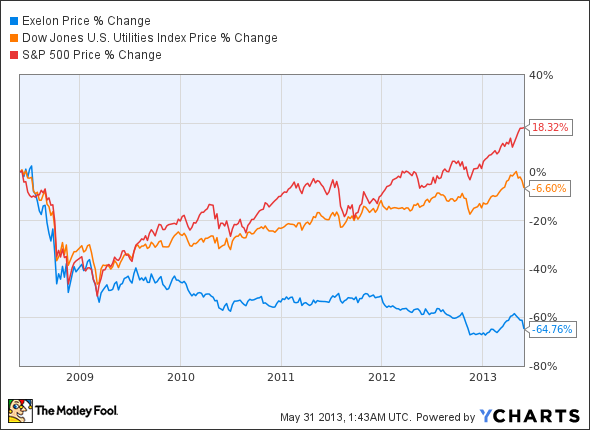RIAs are more confident and optimistic about their businesses for the future, according to Schwab Advisor Services. The firm published its 13th semiannual Independent Advisor Outlook Study on Wednesday, finding that advisors are confident and aware of the challenges they face.
One of those challenges is what to do about the women and younger clients who will soon be the bulk of their client base. About two-thirds of respondents said women, Gen X and Gen Y clients will be the “driving force” of their profitability in five years.
That realization doesn’t mean advisors are actively addressing those clients yet. More than two-thirds of respondents said asset growth was their top priority for the next few years and that profitability is coming from high-net-worth clients, boomers and retirees.
“Positioning their firms for sustainable long-term growth means RIAs have to balance the demands of running a successful business today with the need to make investments and take proactive steps to attract and meet the needs of a new generation of clients,” Bernie Clark, executive vice president and head of Schwab Advisor Services, said in a statement. “RIAs have significant opportunity with the clients who are right here, right now. But they also have to keep their eye on how best to navigate the unchartered territory that lies ahead – it is a delicate but important equilibrium.”
While the vast majority of advisors said they were interested in working with their clients’ children, one of the barriers to doing so is that they don’t think they have enough assets to make it worth their while. Living in a different area and wanting to use another advisor are also barriers to working with clients’ children.
Another challenge to future profitability is more competition from other RIAs and other types of firms that are trying to emulate RIA firms. Consequently, 72% of advisors are focusing on differentiating their firms. One way they’re doing so is by building a talented team of advisors at their firms. More than half of respondents said they need to hire more diverse advisors, and 46% said they needed more young advisors. However, many are struggling to find qualified people, and when they do, to train them.
Schwab also polled investors in a separate survey to gauge their attitudes and found they are similarly confident. Almost 60% of advisors and 65% of investors think the S&P 500 will continue to rise over the next six months. They differ, though, on how they’ll reach their goals. Nearly half of investors say it will be easy for their advisor to reach their investment goal in the current market—the same percentage of advisors who say it will be difficult.
Three-quarters said they were confident about making decisions with their advisor. The investor survey found clients are worried about volatility, interest rates, inflation and tax increases, and have brought those subjects up with their advisors.
Investors are clearly drawn to advisors who can provide holistic planning services, the survey found. Ninety-two percent said they wanted an advisor who could evaluate their entire financial picture. Trust is also important, and 85% of investors want to know how their advisor is compensated.
“Building trusted relationships with clients is an RIA sweet spot. The independent model allows advisors to offer what investors want – collaboration, customization, transparency and accountability,” said Clark. “This invaluable combination sets RIAs apart from more conflicted models and positions them very competitively for success.”
The investor survey found a significant gap in where clients put their trust. Seventy-two percent said they put their trust in individual advisors, compared with 42% who said they trust financial services companies as a whole.
More advisors anticipate consumer spending will increase than the last time the survey was conducted in July 2012, but they also expect household debt will increase with it.
The advisor survey asked which sectors will perform best in the next six months and found 40% of advisors expect health care will perform well. Information technology also had high expectations, though less than in last year’s survey.
---
Check out Servicemembers, Civilians Less Worried About Economy on AdvisorOne.




 Getty Images Twitter shares are expected to see active trading in Monday's session.
Getty Images Twitter shares are expected to see active trading in Monday's session.  Barron's Buzz: Protect your portfolio
Barron's Buzz: Protect your portfolio 




 Don't give Uncle Sam a 0% loan
Don't give Uncle Sam a 0% loan 




